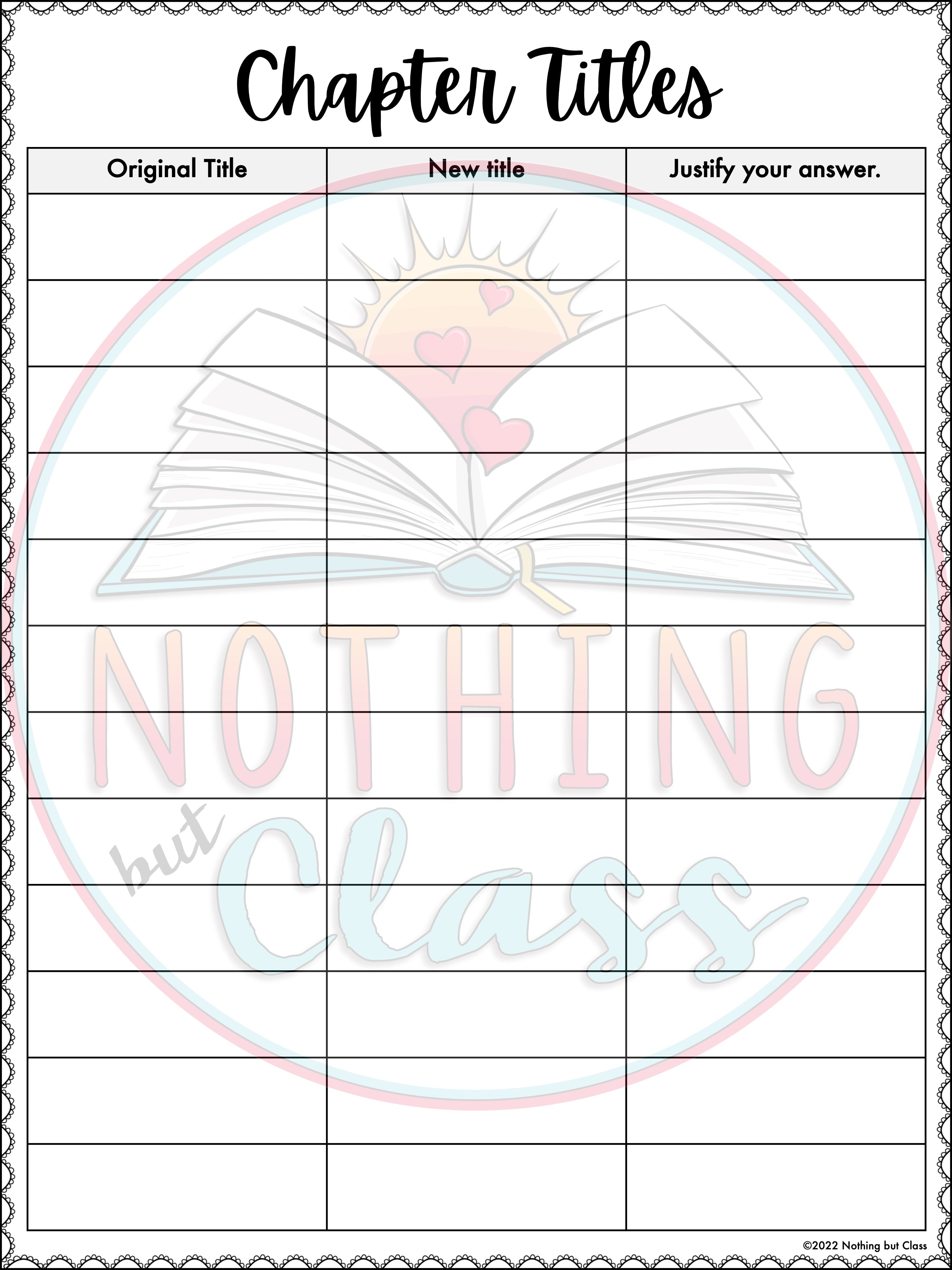Summarizing, or retelling, is a tricky thing for many students to do. Some may tell too little, others may tell too much, and yet others may mention a few events in a disjointed or scattered manner.
Yet understanding a story's plot is one of the most basic parts of true comprehension. It's important for teachers to provide some guidance to students so they can really master this concept!
Read on for some unique strategies that will take the boredom out of straightforward summarizing.
1. Use a Mini Book to Summarize
When you use physical skills like cutting, folding, and drawing, you're bringing different parts of your student's brain into a skill that traditionally only requires writing.
Cut and fold this simple mini-book to really help your students narrow down on the most important parts of each chapter within a book.
Click here to download all the pictured resources in this blog post for FREE!


The pictured sample is from my Runaway Ralph Novel Study.
2. Chapter-End Sticky Notes
Have sticky notes available for the students to use. At the end of each chapter, have the students stop and jot down what the most important event is. Stick them in the book. The next time they pick up the reading, they can easily look at their prior notes.
Hint: Before the students jot down their thought, have them check their thoughts against the chapter title! Often, the author reflects important events in the title.
3. Somebody... Wanted... But... So... Then
Use this anchor poster to sum up the story in a very short, simplistic way at the end! This is great to do either orally together, or to have students write it out in an outline, or a paragraph.
Click here to download all the pictured resources in this blog post for FREE!

4. Map it Out
As you read, map out all the places that the protagonist has gone, and base the summary statements on each location. This works because authors often change the setting to push the plot along.
Click here to download all the pictured resources in this blog post for FREE!

The pictured sample is from my Maniac Magee Novel Study.
5. Rename Chapters
After finishing a chapter, ask the students to give the chapter a name, and then to justify their answers. This helps them to narrow all the information down to the most important event.
Click here to download all the pictured resources in this blog post for FREE!

I hope you can use these resources and ideas to help your students quickly become masters of summarizing any story.
In case you missed it, click here to download all the pictured resources in this blog post for FREE!




